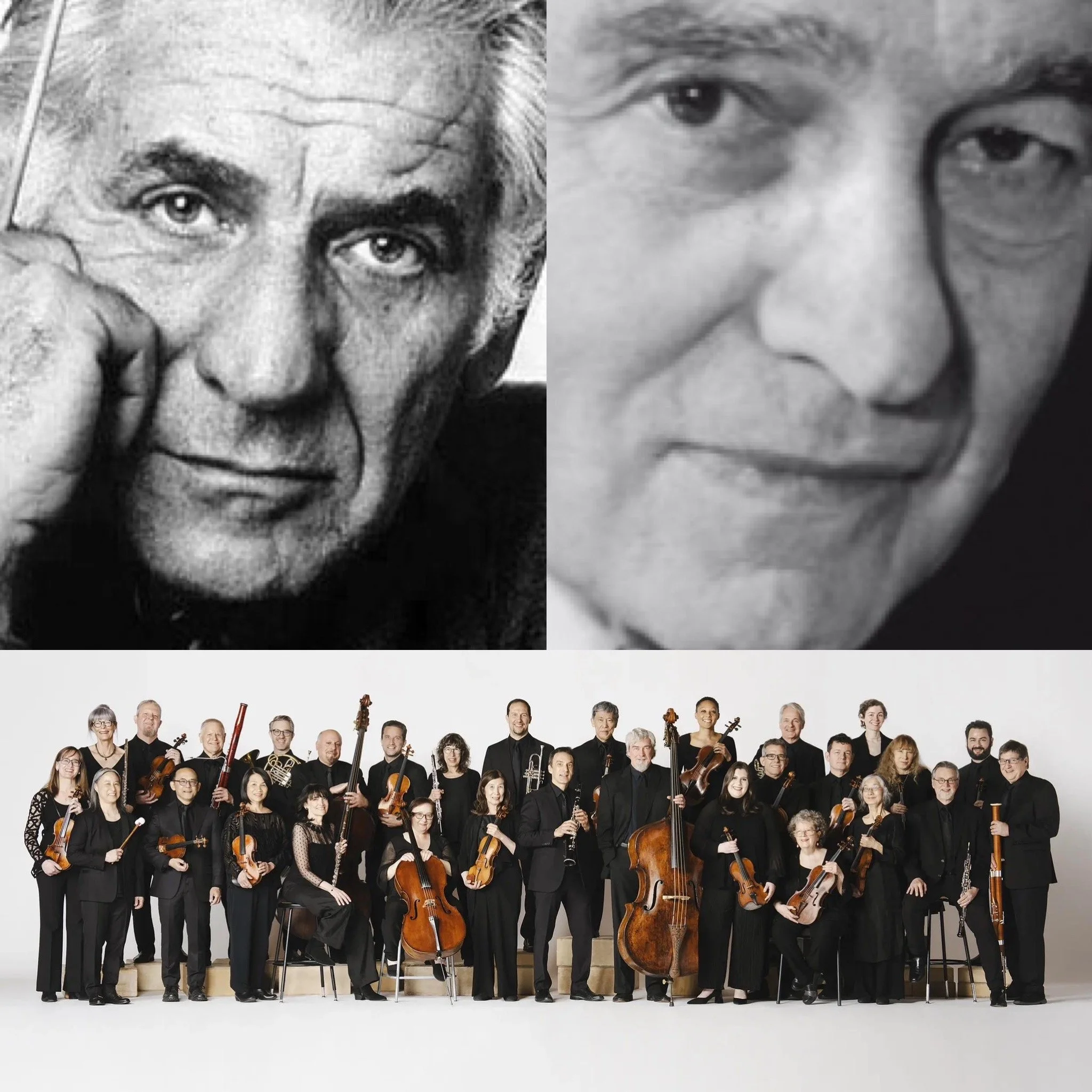REVIEW: The Philadelphia Orchestra's Sublime Mahler's Third
Above photo by Chris Lee.
October 15, 2024
Oh, to have been a fly on the wall backstage at Carnegie Hall in the anticipatory minutes before Yannick Nézet-Séguin bounded to the podium to lead The Philadelphia Orchestra in Gustav Mahler’s Symphony No. 3 in D Minor. How does one prepare, physically and mentally, to captain the the largest ship in the fleet, one that employs a massive crew (some of whom are children) and that’s designed to take its passengers on a spiritual journey to survey the universe, the entirety of the experience of life?
Well, leave it to Nézet-Séguin, who is an experienced and proven mariner through vast seas as Music Director of the Metropolitan Opera, where it was recently announced he will conduct a new production of Wagner’s Ring cycle in 2027.
Mahler’s Third, which clocked roughly an hour-and-three-quarters this evening and requires women’s chorus, children’s chorus, alto soloist, and orchestral heft including eight horns and two sets of timpani, is more seldom programmed than his Second, or Bruckner’s Seventh (a mere hour-and-ten-minutes). But, Nézet-Séguin commands this monumental epic assuredly, not wasting a drop of the legendary Philadelphia institution inherited from legendary maestros such as Stokowski and Ormandy. And Mahler’s Third is as Mahlerian as his symphonies come — a behemoth canvas on which he depicts and explores “nature,” and the human experience in the broadest sense.
Mahler initially described the work as A Summer Midday’s Dream, in two large parts: the vast first movement Pan Awakens — Summer Marches In, Part One. Five movements follow, comprising Part Two, with titles such as What the Flowers in the Meadow Tell Me, What the Animals in the Forest Tell Me, What Mankind Tells Me, and What the Angels Tell Me. The composer — who later jettisoned the titles (while modern listeners find them useful) — constructs a grand tour of the planet and heavens, both earthy and lofty.
From the opening movement’s series of antediluvian eruptions, to the idyllic, sunny pastures of the Tempo di Menuetto, to the rustic and dangerous forest of the following Scherzando, the score teems with instrumental solos — fanfares and canzonettas — that bubble up to the surface like spring crocuses, each played by Philadelphia’s musicians with crisp detail and winsome character.
Photo by Chris Lee.
Nézet-Séguin, like a sorcerer, assembled and meted the witches’ brew of ingredients into a spellbinding creation with hallucinogenic effects. Philly’s brass section not only boasts transcendent players — the first movement’s significant trombone solo and the third movement’s delicious offstage post horn solo were voluptuous and expressive — but coalesces into a scintillating, burning entity in the third movement’s spiky outbursts and gleaming vistas.
Mezzo-soprano Joyce DiDonato emerged from the middle of the string section to intone the text of Nietzche’s “Midnight Song” (“…Joy is deeper even than heartache!…”) with warm, velvety legato and generous, unhurried phrasing. The oboe’s interjections — imitating the call of a nocturnal bird — were tastefully haunting. When the Philadelphia Boys and Girls Choirs (beautifully prepared, and present in the music, even during the lengthy instrumental buildup to their first entrance), suddenly rose with bell-like “Bimm, bamm, bimm, bamm…” the conductor’s sense of theatre supported his expert architectural pacing of the piece.
Indeed, Nézet-Séguin’s incredible success lies, at least partly, in seeing the forest through the trees. It proves an essential quality for the success of a symphony notoriously difficult to integrate into a whole — the first movement, which vacillates between sections of dark/light, smooth/sharp, and must be molded over the course of 35 minutes, still felt expectant, like a prelude.
The sixth and final movement (What Love Tells Me, when there were titles), a hymn-like benediction, arrives after we grapple with the foibles of humanity — in a setting of “Three Angels Sang” from Des Knaben Wunderhorn, an effusive duet between chorus and soloist (“…Heavenly joy is a blissful city…”) — and wrests and winds its way toward nirvana. The ego of the violins vied for ascendency, sustained and passionate, over the id of the resounding horn octet. Finally, a redemptive, sublimely climactic D major chord seemed to last forever and churn with the energy of the sun.
Photo by Chris Lee.







